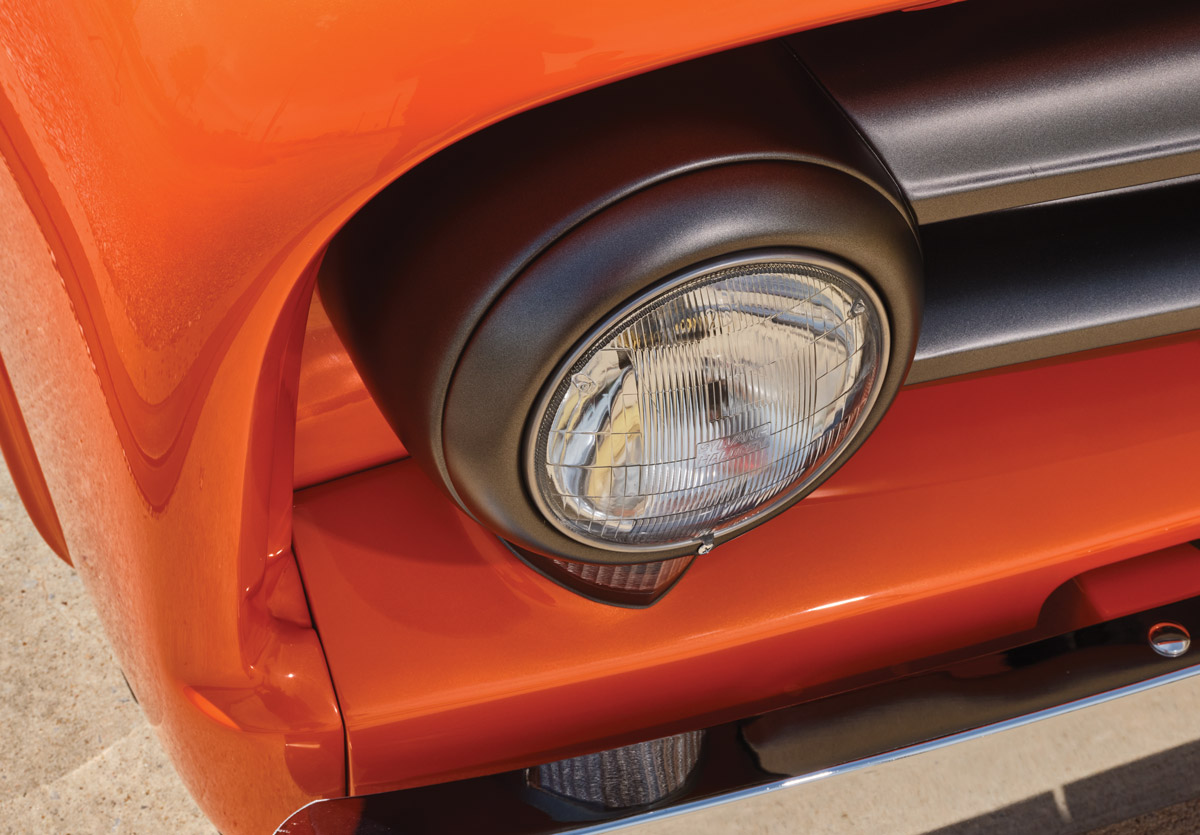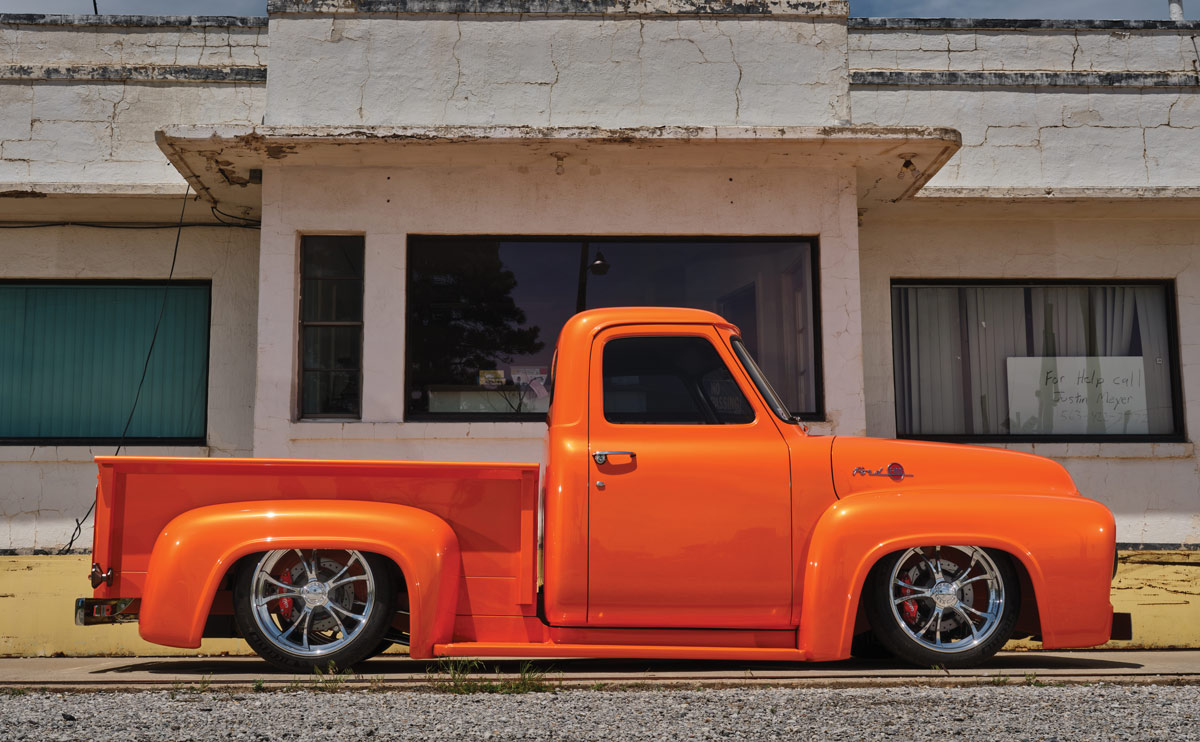
 Feature
FeatureInTheGarageMedia.com

 Photography By JOHN JACKSON
Photography By JOHN JACKSONou know, no matter what angle I take when talking about someone else’s truck, it will never come across the same as when that individual—be it the owner or builder—tells the same story. Never. But I love writing, so I take every opportunity I can to tell the tales of their trucks, regardless of the point of view.
“The purpose of the construction of my ’53 F-100 has changed many times over the 24 years that I’ve owned it. In the beginning, when I was 12 years old, there was a senior at the high school that I would eventually attend who had a ’55 F-100 and I thought it was the coolest truck I had ever seen. I worked for my dad on weekends and during the summer cleaning up around the machine shop to earn just enough money to buy my ’53 for $1,000 at age 14, almost 15. I wanted to have the most unique, coolest truck in the high school parking lot once I turned 16!
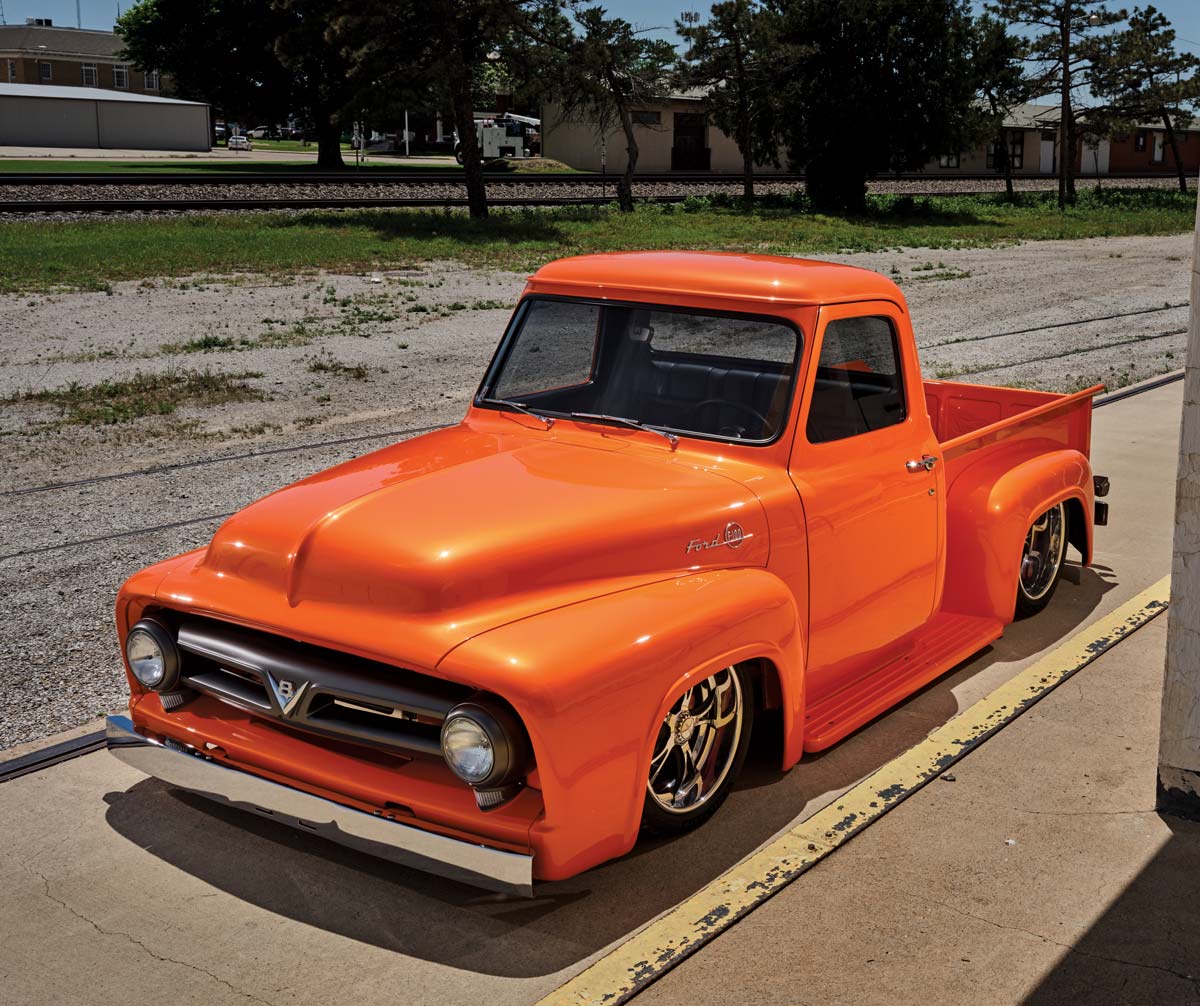
“In the months prior to turning 16, I learned that building a classic truck was a lot of hard work and required a lot of different skill sets that I didn’t have at that age. So, at that stage, the motive to building the truck was to learn as many skill sets that I could so I could complete the truck. I had a ton of ‘old timers’ who were more than happy to help me with my goals. Lewis Gall, who had a shop a few doors down from my dad’s, had restored three ’53-56 F-100s and numerous Volkswagen Beetles, taught me how to do bodywork. He spent numerous nights and weekends with me and guided me on popping dents and welding in patch panels. My goal was to eventually have a truck as nice as his pancaked-hood ’55 that had made it into Classic Trucks magazine in the ’90s.
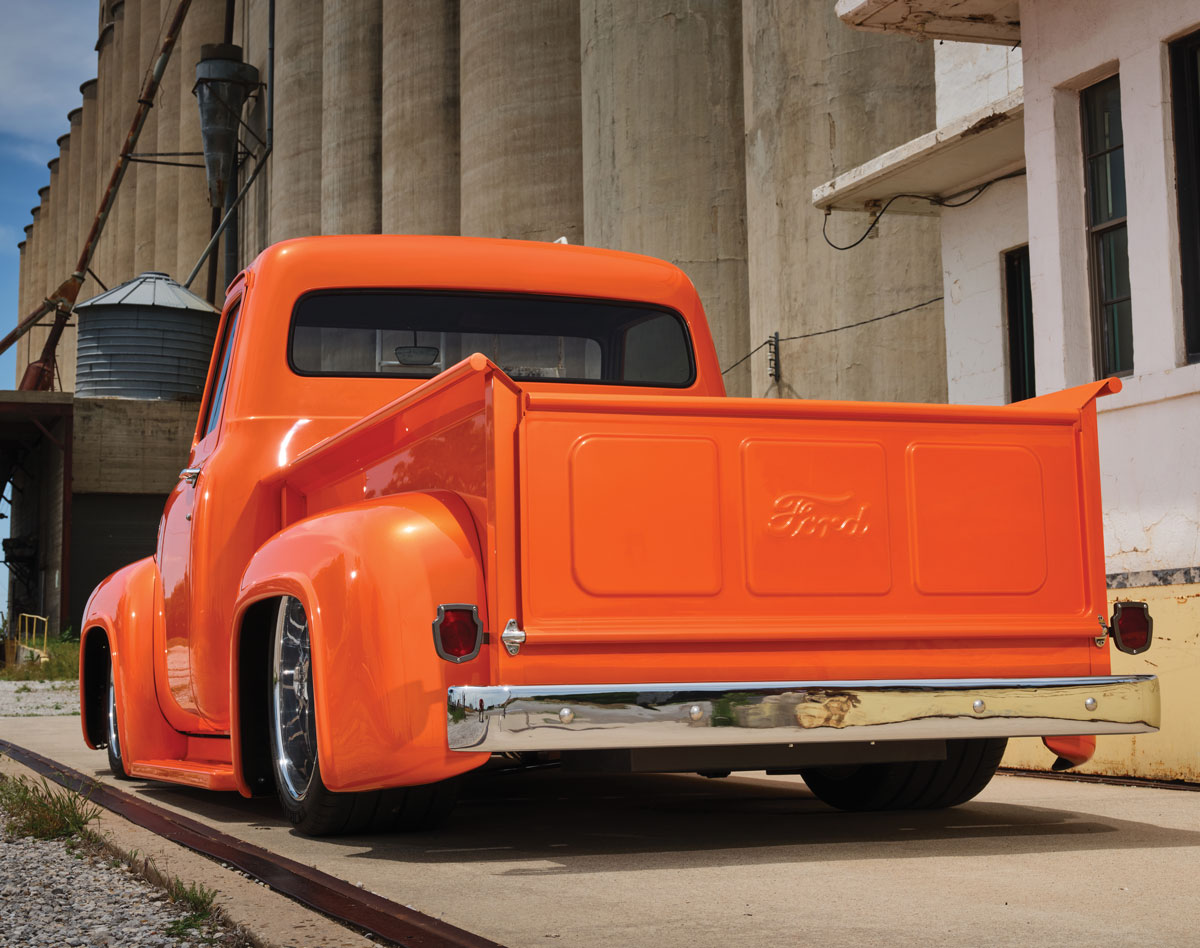
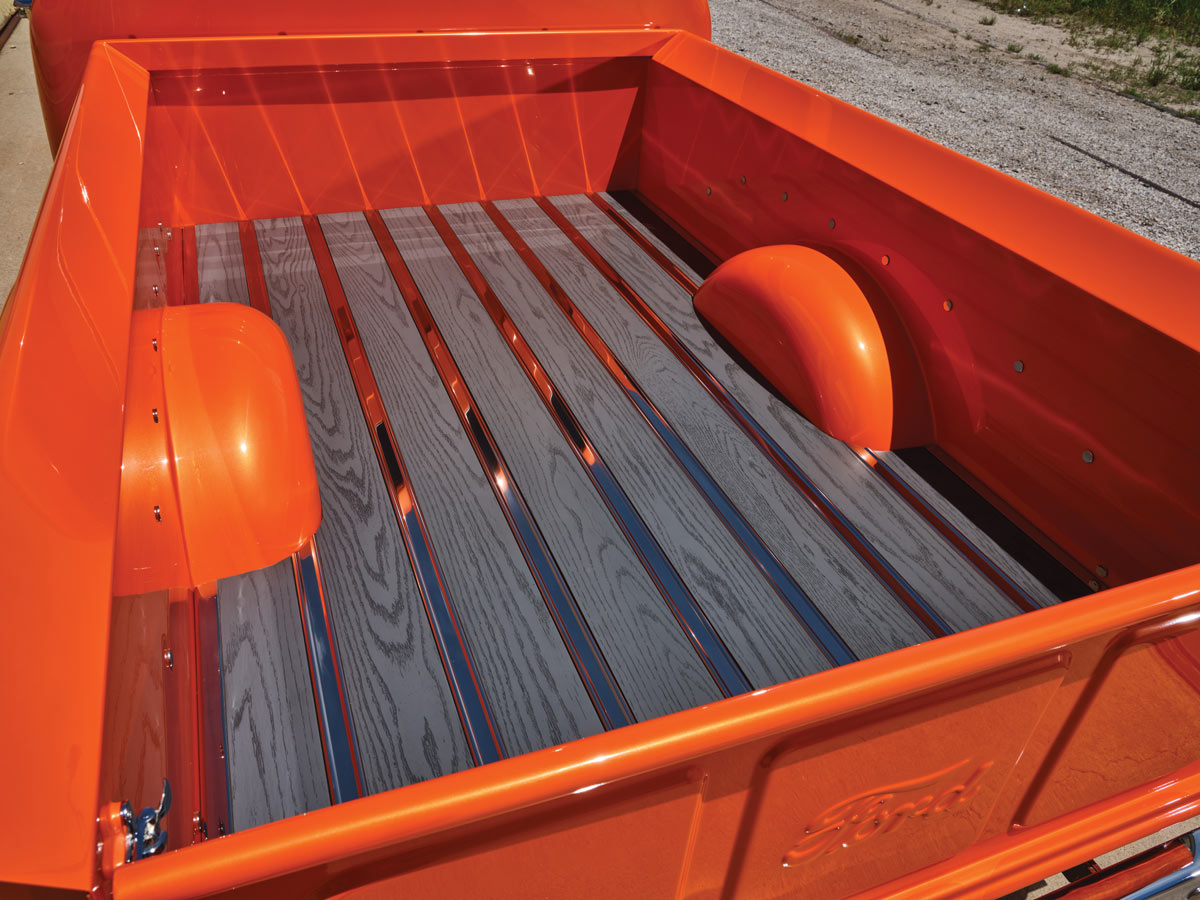
“After graduating college, the truck was moth-balled for over 10 years. During that time I dedicated all my resources to my career, then toward building a family. After that 10 years I became obsessed with the pickup once again. I pulled it out of storage and began working on it every open chance I could get. The problem that I had at this stage was that I could see that a lot of the work I did as a teenager and my early twenties wasn’t bad, but it could be a lot better. At this stage, my motivation on this pickup was to have one of the nicest F-100s built. There was going to be a lot of redoing of work that I had already done. The other problem that I had was although I had most of the skill sets to redo the project, I didn’t have them to the level that it required to build the truck of my dreams. To achieve the truck of my dreams, I knew that professionals would have to work on this truck at all levels to get a product that was balanced in quality and appearance.
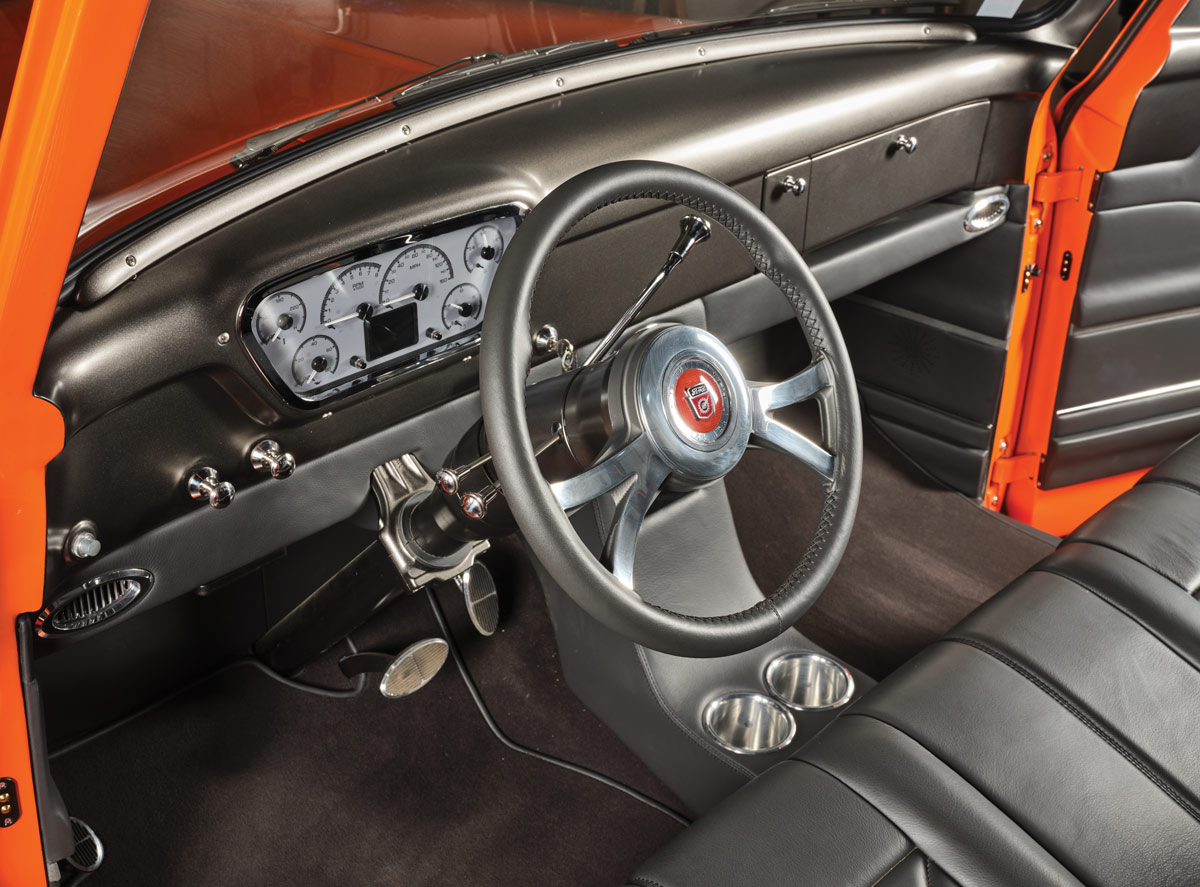
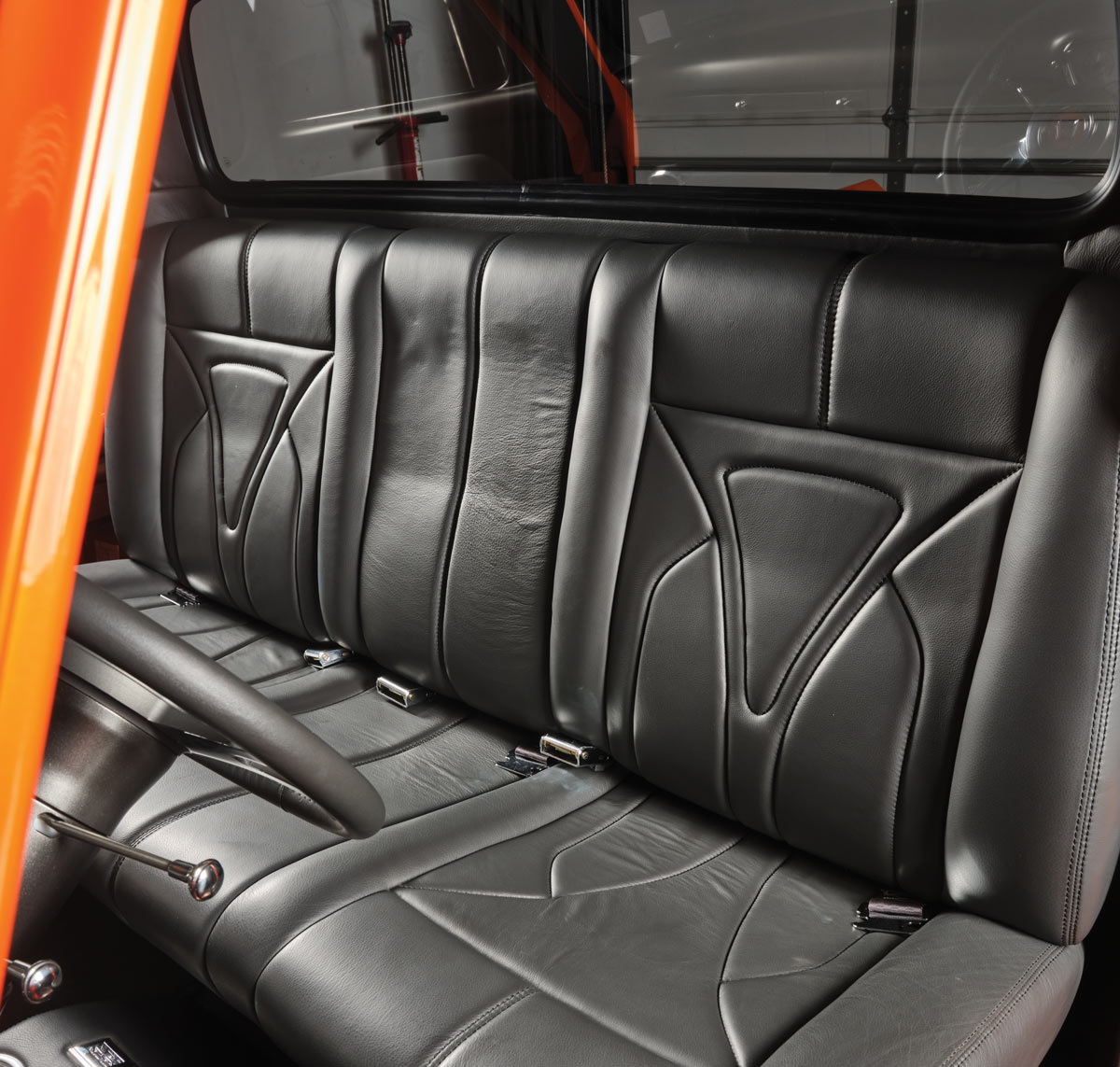
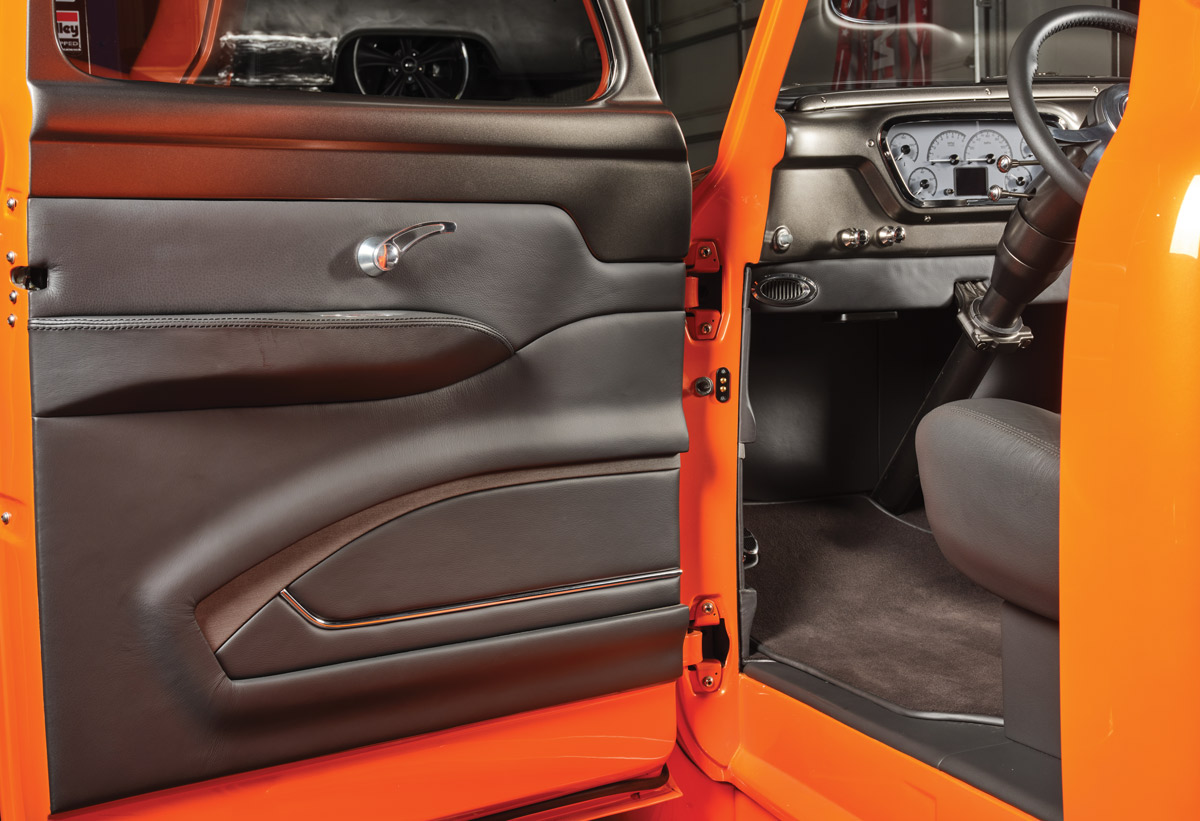
“[Covington] came up with a plan from the beginning that guided this project as smoothly as it could through the building process. He and his team built, bought, gathered, and modified all the parts required to build a truck of top-notch quality. They smoothed all the body panels, repaired the areas that had rust, and erased some of my mistakes that I made on the truck in my early years. They painted and polished every part of the truck to superior standards. [Covington] took care of the complete assembly of the truck. He personally made sure that all the bodylines were perfect, the wiring was done right, as well as the daunting task of making the Coyote engine come alive.
“One of the most fun parts of the project was being involved by building a few parts for the truck. My shop built the driveline that connected the Coyote to the Ford 9-inch rearend. I also got to build a lot of parts on my CNC machines. These kinds of parts are not the type of parts that I typically build, so I was able to build some things that would grow my skill sets. Some of the parts that I got to build were all the fender washers under the hood as well as the oil fill cap and dipstick. I also got to build all the custom knobs in the cab as well as the rearview mirror that matches the shape of the gauge cluster. Probably the most fun part that I machined was the custom steering wheel. On this part of the project I got to work beside [Covington] on the design to make it match the Schott Tomahawk wheels. We also integrated the factory horn button into our design. Another part that I got to machine that was equally fun were the custom taillights. [Covington] had the idea of taking the iconic shape of the ’53-56 taillights and shrinking them down. I wasn’t sure of how they would look in the beginning, so I drew them up and printed a set out on my 3-D printer. After seeing the prototype on the truck I knew that we needed to build them.
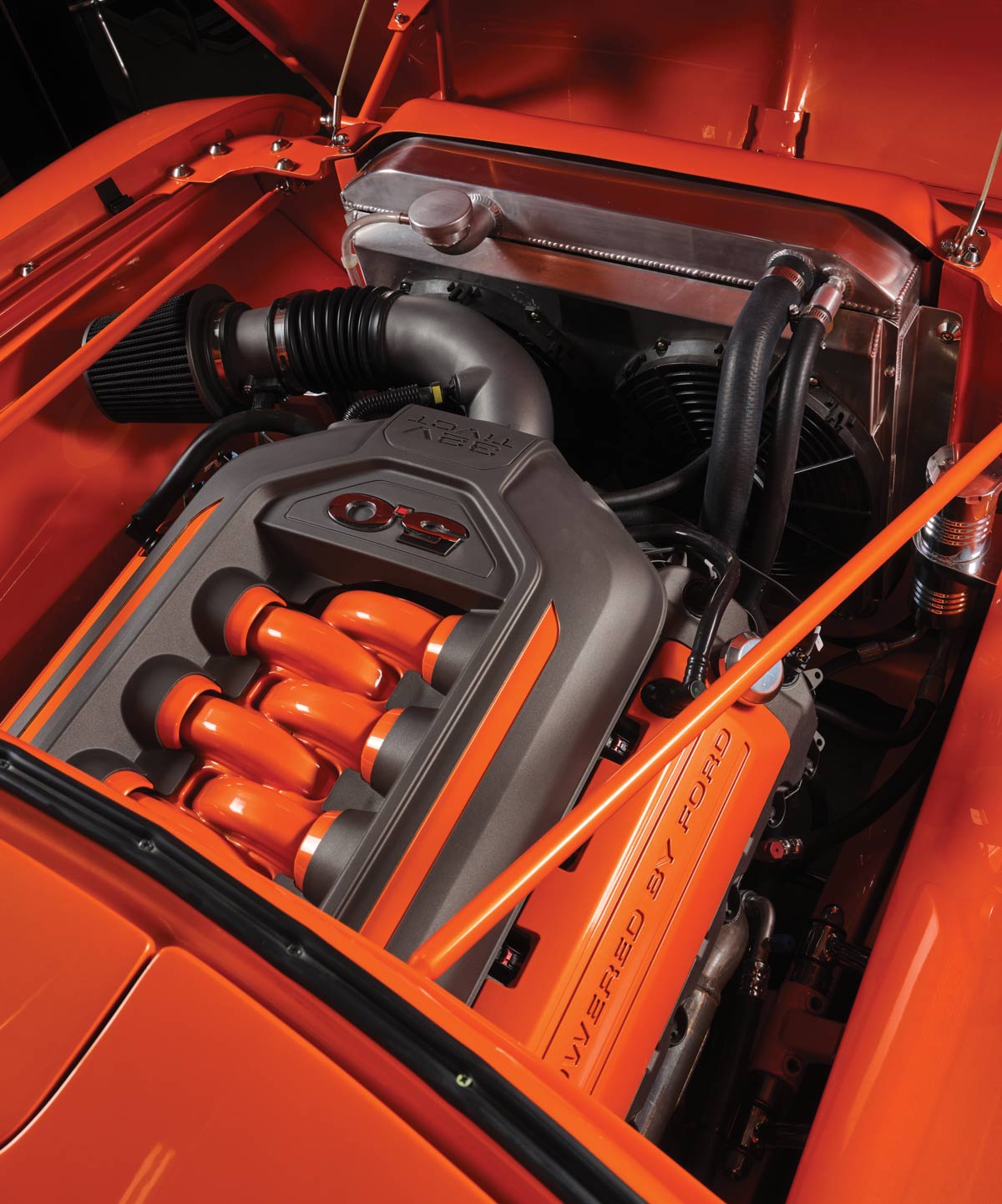
“Throughout the project the reason for building the pickup changed many times depending on what stage of life I was in. One thing that stayed constant at every stage was that I got to meet and work with some really great people, I got to learn and hone my skills, and I also made some really great friends. I would consider each stage of this build to be huge success.”
